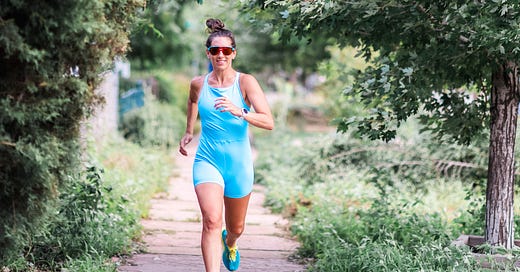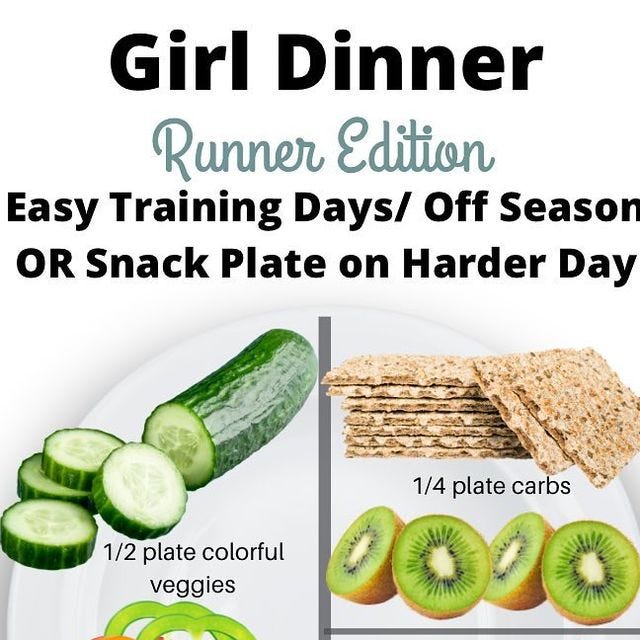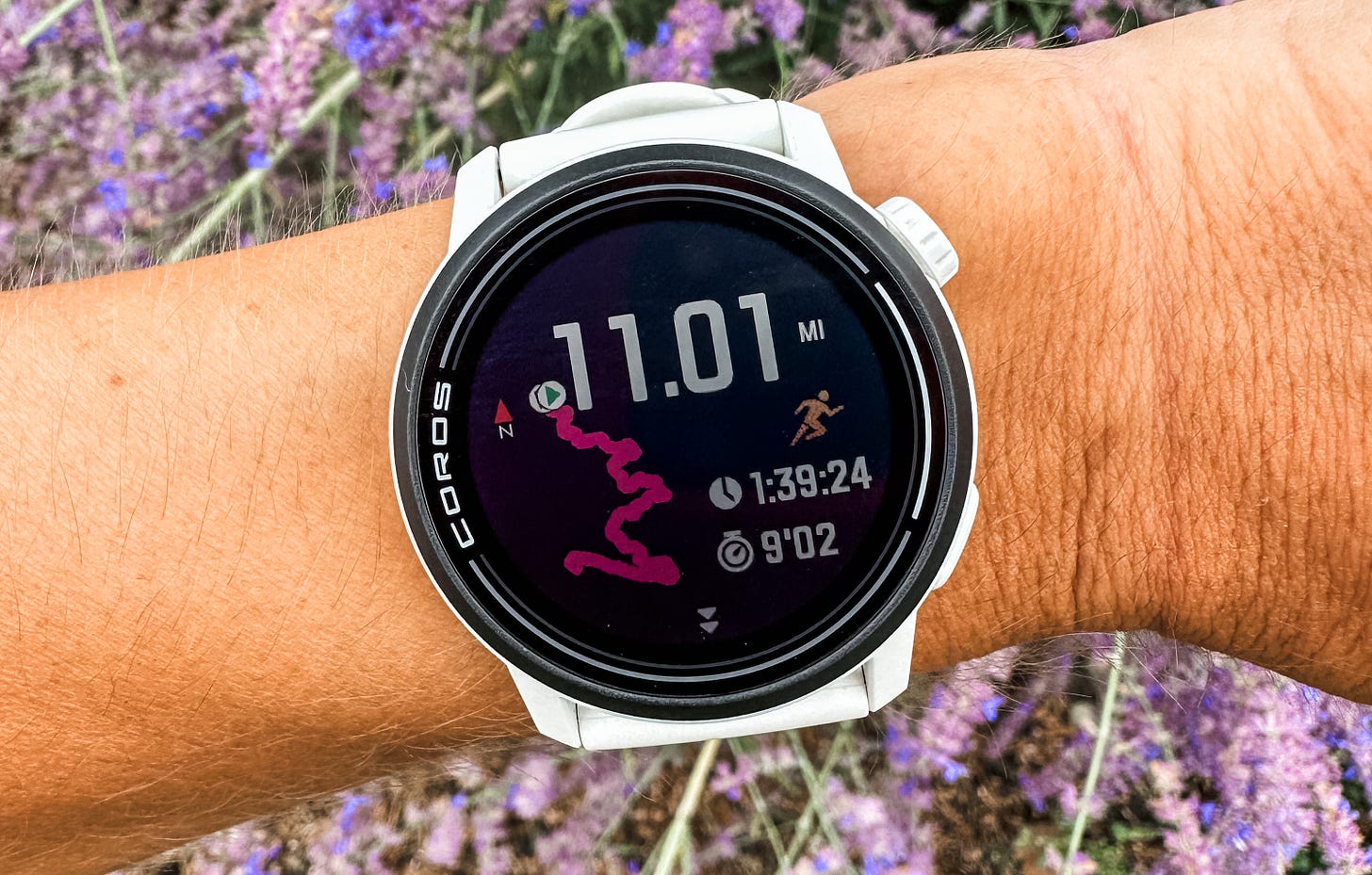Despite spending the better part of the last decade reporting on health and wellness—including writing for glossy magazines that fetishized fresh produce and evangelized every fad diet—healthy eating is something that’s almost always eluded me. It’s not that I don’t know what it takes (I regularly interview R.D.s and certified sports dietitians and clinical nutritionists); it’s because I know what it takes that I can’t find the energy to do it.
For as long as food has been something I need to think about, “healthy eating” has seemed to require arduous meal prep, eagle eye-ing portion sizes, tracking macros, and eating less. Just the idea of it is exhausting. (I even tried meal delivery services for a period, but cutting out the visit to the grocery store wasn’t the issue; it was that I didn’t want to prep and cook the food.) At the same time, convenient options—like frozen meals—tend to be demonized for having too many calories and too much sodium and saturated fat.
It’s a catch-22: I’m too lazy to meal prep or cook a recipe from scratch, but after a lifetime of being told frozen meals aren’t great for me, I also found myself shying away from pre-packaged or pre-cooked options in favor of fresh produce and meats that inevitably ended up going bad in my fridge because I was too lazy to cook them (I’d end up eating a bag of chips for a meal instead).
Here’s the problem: 67 percent of female athletes are underfueled, according to a 2022 review published in the journal Nutrients (myself included); the World Athletics Organization puts that percentage between 18 and 58 percent for female and male track and field ahletes, with the highest prevalence among athletes in endurance events.
Low energy availability—when the body literally does not have enough energy left to support the physiological functions needed to maintain optimal health—can affect your endocrine, cardiovascular, metabolic, reproductive, and immune systems, as well as your mental perception and motivation, according to a study in the Scandinavian Journal of Medicine & Science in Sports; it can also lead to decreased strength and endurance as well as a reduced training response and increased risk of injury.
At a certain point, eating convenient foods (even if you think they’re bad for you) is better for you than not eating enough.“This idea of convenience or more ‘processed’ tends to be ingrained in our heads as unhealthy when in reality it can be incredibly supportive of our goals,” says Kylee Van Horn, R.D.N, an endurance sports dietitian.
Enter: the girl dinner. The TikTok definition of “girl dinner” essentially amounts to thrown-together plates of whatever happens to be in the fridge (the first one was a plate of bread, cheese, pickles, wine, and grapes; generally, thye’re meals made of snacks, sides, and random foods). As someone focused on performance, I interpreted this as “lazy cooking.”
And runners can definitely benefit from this kind of approach to fueling. “The ‘girl dinner’ trend on social media can work amazing for runners of all levels since it’s quick to throw together and involved ‘making’ rather than traditional ‘cooking,’” says Holley Samuel, a registered dietitian, certified personal trainer, and running coach.
Honestly, I’m tired most of the time. Between a full-time job, running 40-plus miles per week, strength training, and actually having a social life, I don’t have the time or the mental bandwidth to prepare three meals a day and think about multiple snacks (or spend an entire Sunday meal-prepping for the week). And—controversial take—I don’t even really like leftovers.
But if I don’t put some kind of mental energy towards food, I end up drastically underfueled. “Athletes of all levels have higher nutrition and energy needs than sedentary people, and it can be challenging to figure out how to get all that food in, especially if you’re busy or get overwhelmed by cooking!” says Samuel. For the record, women 31 through 59 require about 1,600 to 2,200 calories a day while men of the same age need about 2,200 to 3,000 calories a day, according to the current Dietary Guidelines for Americans (and the more active you are, the more calories you need.)
While the typical “girl dinner” might not quite meet the requirements of a performance-based plate, it normalized the idea of “lazy cooking” for me. Instead of getting overwhelmed by the idea of pulling together an Instagram-ready meal and resorting to snacking, I’ve started embracing frozen meals and cooking one or two things per week to fill in the holes. For example, I love Trader Joe’s frozen pastas, so I’ll buy a few of those and then cook ground chicken that I can add in to up the amount of protein throughout the week. I’ve also been making frozen chicken, adding it to microwaveable rice packets, and throwing in some kind of canned lentil, like chickpeas. It requires the bare minimum of effort, and I’m way more likely to hit my nutrient goals.
Is it a perfect diet? No. But “I think it’s honestly important to get away from the idea of the ‘perfectly’ balanced performance plate or macro meal all the time and the idea that someone has to meal prep for 12 hours on a Sunday to fuel their body well for performance,” says Van Horn. “Convenience options or meal starters can be a great baseline for a quick meal and then knowing that you need more protein, carbs, etc. can help you shape the meal appropriately.”
Of course, no athlete can be totally lazy about the way they eat. “The biggest mistake I see on these trendy posts is people not adding enough to their plates (whether it’s intentional or unintentional) to fuel their needs as athletes,” says Holley.
Understanding how to fuel properly is essential if you want to run well. A healthy plate should have one or two palm-size portions of protein; one or two fist-size portions of veggies; one or two handfuls of carb; and one or two thumb-size portions of healthy fats. Where those macronutrients comes from doesn’t really matter, is what I’ve learned more recently. Sure, you should always opt for healthier choices—but if you’re not feeling up to cooking something from scratch, there is a happy medium between home-cooked and binging a bag of Goldfish crackers.
In the same way that it’s nearly impossible to perfectly nail a race training plan, holding yourself up to impossible standards in the kitchen is a recipe for self-flagellation. The key is making healthier eating more accessible, so you don’t have to think about it or expend any more effort than necessary—and, just like in training, practicing consistency over everything else.
the rundown
COROS Pace 3
I’ve worn the Pace 2 for my last four marathons, and it’s my go-to watch for anything running related—except trails. But not anymore! The Pace 3, which launches today, can now track trail running, along with snow sports. It also has a longer-lasting battery (you’ll get 38 hours in standard GPS mode, or 24 days of daily use—an 8-hour and 4-day improvement over the Pace 2), dual-frequency satellite communication for improved GPS especially in more challenging areas, a new pulse oximeter, and a touchscreen for swiping through your customized data screens. It put on an ounce of weight (it’s still only 30 grams with a nylon band), and the price has jumped up $30—but at $229, I think you’re getting great value for your money, especially considering how versatile the new activity modes make it.
The Build Up Podcast with Molly Seidel and Julia Hanlon
Molly Seidel just launched a new limited podcast series with Julia Hanlon, and I’m excited to hear from her throughout her journey to the U.S. Olympic Trials training. It’s kind of wild to think of how much has happened to Seidel since the last Trials, and she’s very candid about how what she actually experienced was different from what the public perceived after she won the Olympic medal. “I think I expected that if I accomplished something that big, that by the time I accomplished it I would be the kind of person that didn’t deal with that kind of stuff [mental illness, an eating disorder] anymore,” she said. As a result, she’s spent a significant amount of time reexamining why she runs, which is something every runner should regularly visit; for Seidel, it’s been about learning how to run from a place of happiness instead of pain. She hit on something I find really important, which is the idea that using mental illness and trauma as fuel is not sustainable.
Vinco Performance Sola Sunglasses
I was recently sent a pair of Vinco’s Sola sunglasses to test, and while they aren’t doing anything ground-breaking from a performance standpoint, I found myself reaching for them regularly over the past couple of weeks. Even though they weight 27 grams (comparable to oversized Smiths), they seem a little more streamlined than some of the other ultra-panoramic styles I like, with super thin arms that didn’t cause any pressure. Aesthetically, they also skew a little more lifestyle than performance, which could justify the hefty price (since you can wear these for more than running). If sustainability is important to you, you’ll love that these are made from a carbon-neutral material and the zero-plastic packaging is reusable and fully recyclable.
“The Most Impressive World Championship Team Isn’t a Country. It’s a Brand.”The New York Times recently published an in-depth look at the On Athletics Club, which sent a number of athletes to the World Athletics Championships in Budapest. It’s a cool look at how the club was built—as a way “for the brand to legitimize itself among avid runners”—during the pandemic, with the first ahlete (Joe Klecker, an Olympic 10,000-meter runner,) and coach (Dathan Ritzenhein) essentially interviewing each other before signing on, a low-budget—or at least, low-frills—approach (the team gym is in a Boulder-area strip mall), and a still burgeouning product line (the team’s first track spike was just released to the public in June). Does this make them the “most impressive team” at the World Championships? I don’t really think that’s what the competition is about (although it makes for a catchy headline), but it’s good business and good marketing on On’s part.







